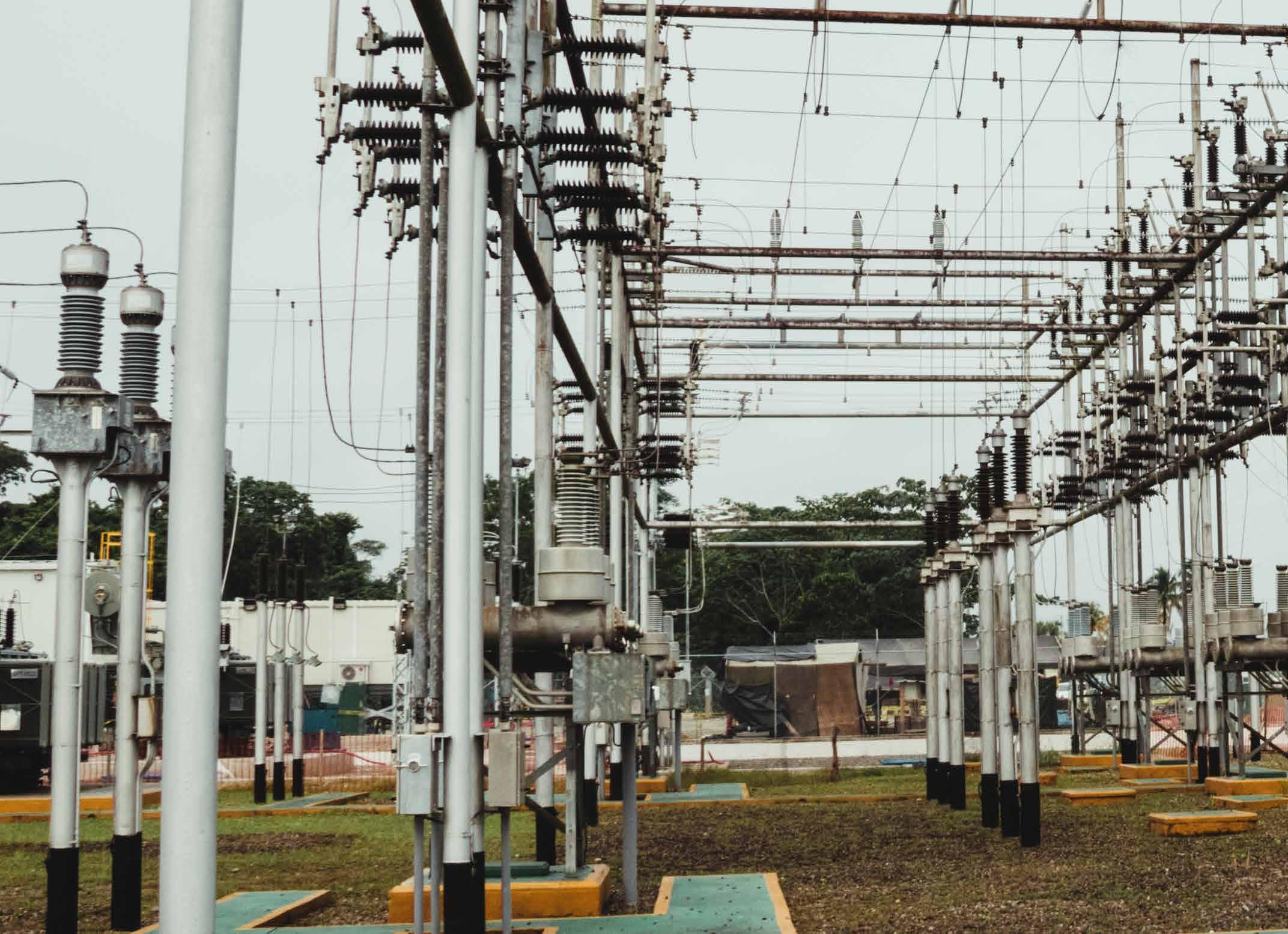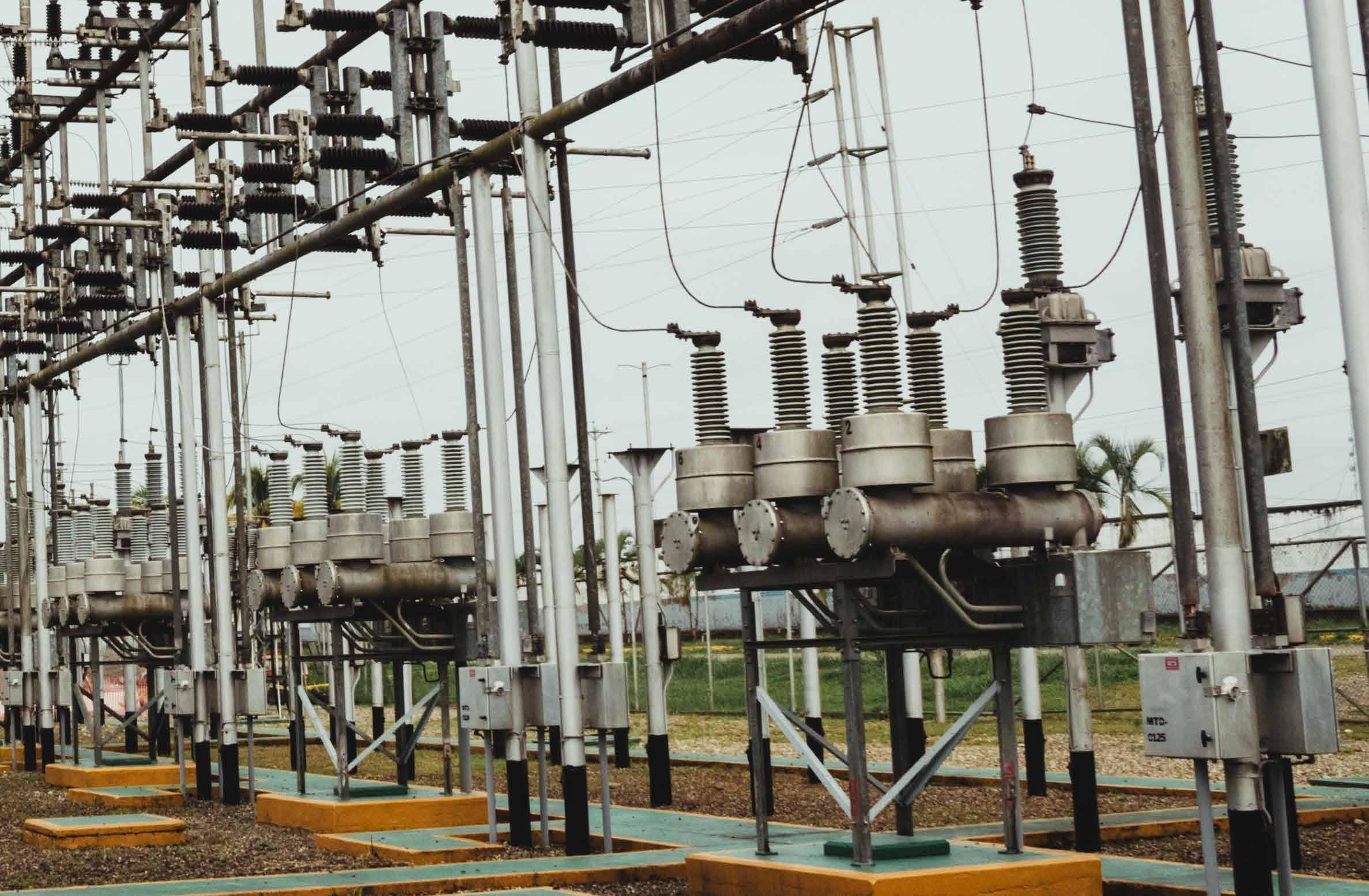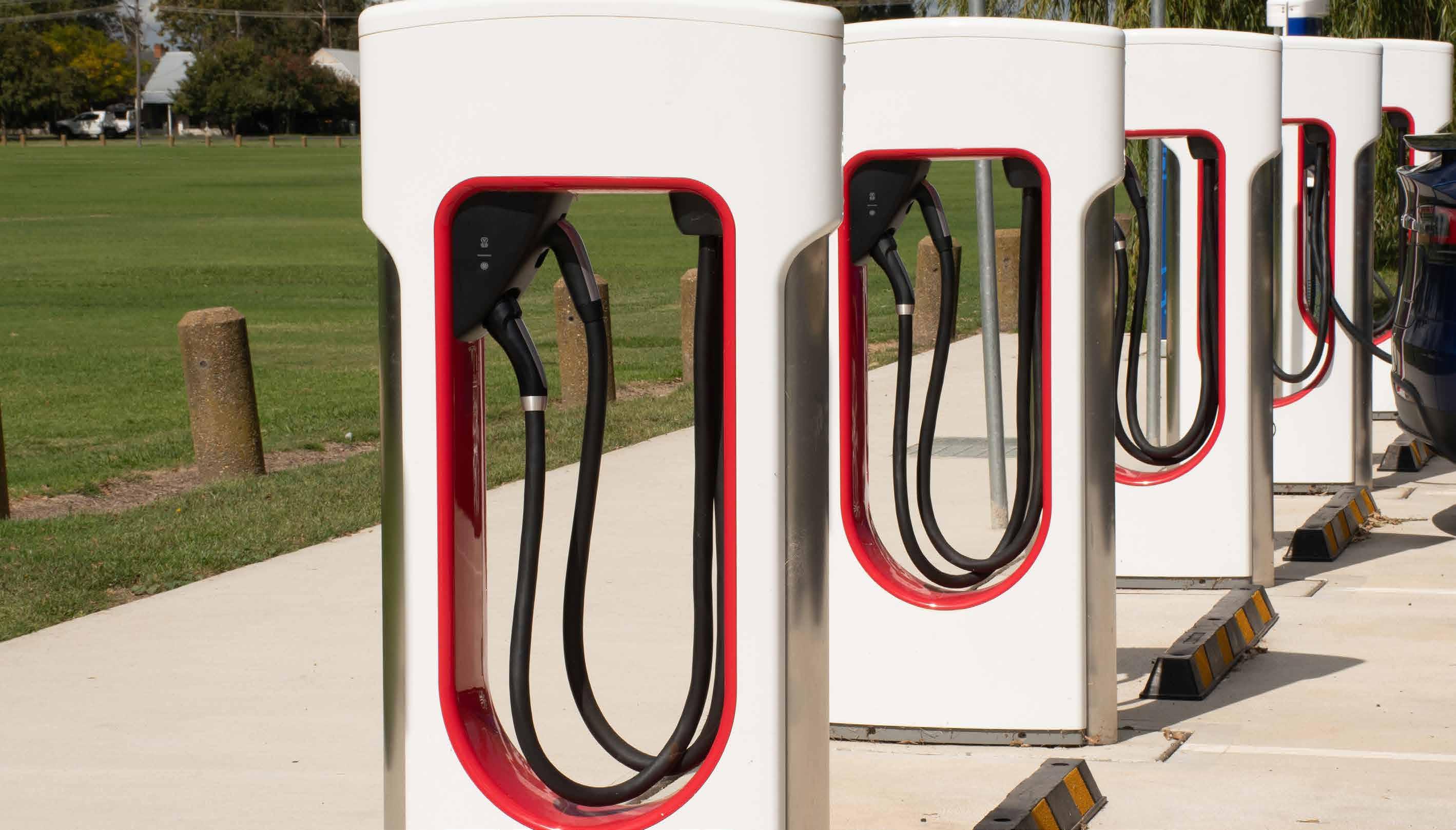
4 minute read
Brian Conway
By Brian Conway, CEO of Ozop Energy Solutions (OTC: OZSC)
In the year 1835, plus or minus a whole bunch of historical arguments, the first theories of electricity were examined. However, it really wasn’t until the 1880s that electrical transmission and distribution systems started being deployed. Due to the commercial market growth and the addition of the residential customer base, power lines were doubling in size as fast as they could lay the cables. However, brownouts and blackouts were the cost of this convenient luxury.
Sound familiar?
In the year 2021, 135 years later, the problem of demand from our distribution systems far exceeding their current capacities has returned with a vengeance. Power outages are a regular occurrence in major cities across the country. Now, as we attempt to accommodate the EV revolution, we do not have the luxury of simply laying new or larger cable. We must find a completely new and different solution.
Enter Ozop Energy Solutions.
Before we get into what Ozop is offering as a solution, we must first take a look at why EV chargers cannot simply be “installed” at people’s homes or offices as a set-it-and-forget-it solution.

If you think about it, you need two sperate residential electricity products: Alternating Current delivered by the grid (designed for TVs and toasters) and Direct Current, which is what EVs need to operate.
To fully charge the average electric vehicle with a level 2 charger (from empty) using AC from the grid takes 10 to 36 hours. It’s like trying to put out a fire with a garden hose. Given the desire by most EV owners to charge their cars in 30 minutes or less, most people do not have the time or patience for this.
Conversely, the appropriate power supply – “level 3” DC fast chargers or DCFCs (the “fire hose” in this analogy) – is very costly. Quite simply, it would cost $40k plus a $15k battery for the luxury of rapid charging at home plus an additional $10-15k if you want to be “solar-green” about it.
At 300 kW’s required to power a full charge in 2030 minutes (the amount of power typically flowing “IN THE YEAR 2021, THE PROBLEM OF DEMAND FROM OUR DISTRIBUTION SYSTEMS FAR EXCEEDING THEIR CURRENT CAPACITIES HAS RETURNED WITH A VENGEANCE. POWER OUTAGES ARE A REGULAR OCCURRENCE IN MAJOR CITIES ACROSS THE COUNTRY.”

to more than 30 homes), that would cost around $700 per charge over 3 years and don’t forget your cost of money. Additionally, most cities are not handing out permits to install DCFCs due to the excessive draw on the grid. Alternative? Build a backyard solar power plant!
EV Charging is MESS-y
OZOP Energy Solutions puts electrical demand in perspective before jumping to the at-home rapid charging solution – the NeoGrid™ or “Modular Energy Storage System.”
The OZOP NeoGrid is a fully off-grid solution that can work in conjunction with MicroGrids for the purpose of rapidly charging EVs. Think of it this way… Micro-grids, if we put a solar system on one house, it is powered for the moment as long as the sun is out. If we attach a battery to that same house system, it can be powered for a few days.
If we now build a network of 20 homes, central storage, renewable energy production and software/ logic that controls the delivery and consumption

including all pathways in-between, you have what is called a residential micro-grid that will provide power to multiple homes. If designed properly, it can offset the massive demands of the Level 3 EV chargers but that is decades away for the vast majority.
Adding Neo Grids to the equation separates the residential power demands from the EV demands, it also changes the price structure which is inevitable. EV owners reject paying for electricity at a level 2 charger. They feel it should be free because they should not have to wait 90 minutes for a charge.
So, providing a 20-minute charge through the Neo Grid where a top-off will actually take 30 minutes or less, this luxury is going to cost the consumer the same price as gasoline does per mile.
Parity with ICE
The cost of electricity is rising and is already increasing from the new demand, and will reach parity with gasoline prices per mile in the coming year or so. If gas costs $3.50/gallon and your car gets 17 MPG, the cost of fuel is $0.185 per mile (SUVs $0.24). The same car costs $0.12 per mile maintenance, car dependent, so in total the cost of driving an ICE is $0.31-0.38 per mile.
Electric vehicles typically travel 2.7 miles per kWh at $0.25 per kWh, or the equivalent of $1.58 per gallon based on milage comparison, but we are forgetting the cost of the hardware – the “under 30 charger” – which will command an additional fee to offset the investment.
The OZOP NeoGrid supplies off grid energy for EV auto & light truck solutions when 2 hours doesn’t work. No grid, no utilities and most of all, no charging restrictions.

About the Author
Brian Conway is CEO of Ozop Energy Solutions, which is developing platforms to address grid sustainability and EV charging requirements.










